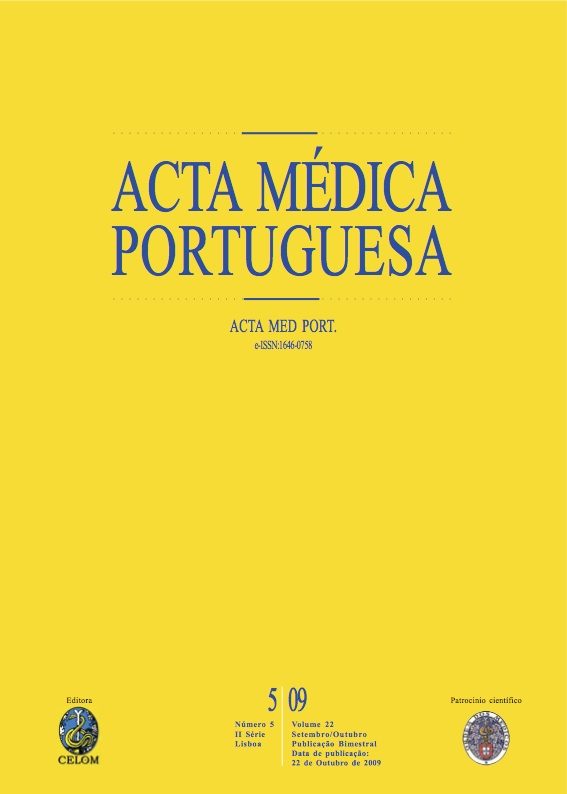Migraine.
DOI:
https://doi.org/10.20344/amp.1713Abstract
Migraine is one of the most common neurological disorders, with a significant social and economic impact. It is characterized by a constellation of symptoms including headache, nausea or vomiting, intolerance to sensory stimuli and, in 20% of patients, transient neurological signs (the aura). In this article we review new advances on its pathogenesis, based on clinical and experimental data. Recent evidence has shown that, contrary to previous beliefs, migraine is primary a neurogenic disorder. Genetic studies have associated some rare forms of migraine to the mutations of genes that code ionic channels, suggesting that trans-membrane ionic imbalance is a possible pathogenic mechanism for the attacks. Genetic factors may modulate the vulnerability to suffer the attacks in response to environmental/internal triggers. Direct stimulation of the arterial wall is not a provocative factor for the attacks, contrary to stimuli that act primary on the nervous system. It has also been shown that individuals with migraine have an enhanced cortical excitability and lack of habituation. Functional neuroimaging studies have provided evidence that during the attacks there is an abnormal metabolic activity in the cortex and the brainstem. As waves of metabolic depression travel slowly across the cerebral cortex (cortical spreading depression), trigeminal nerve terminals surrounding meningeal arteries are stimulated eliciting a trigemino vascular reflex that explains subsequent vascular changes and headache. Drugs that stabilize nerve membranes and decrease neuronal excitability are effective in migraine prophylaxis. This recent evidence can be used in experimental models to test drugs aimed to new targets, developed to inhibit the cascade of events associated to migraine at different points, based on more fine grain knowledge of migraine pathogenesis.Downloads
Downloads
How to Cite
Issue
Section
License
All the articles published in the AMP are open access and comply with the requirements of funding agencies or academic institutions. The AMP is governed by the terms of the Creative Commons ‘Attribution – Non-Commercial Use - (CC-BY-NC)’ license, regarding the use by third parties.
It is the author’s responsibility to obtain approval for the reproduction of figures, tables, etc. from other publications.
Upon acceptance of an article for publication, the authors will be asked to complete the ICMJE “Copyright Liability and Copyright Sharing Statement “(http://www.actamedicaportuguesa.com/info/AMP-NormasPublicacao.pdf) and the “Declaration of Potential Conflicts of Interest” (http:// www.icmje.org/conflicts-of-interest). An e-mail will be sent to the corresponding author to acknowledge receipt of the manuscript.
After publication, the authors are authorised to make their articles available in repositories of their institutions of origin, as long as they always mention where they were published and according to the Creative Commons license.









